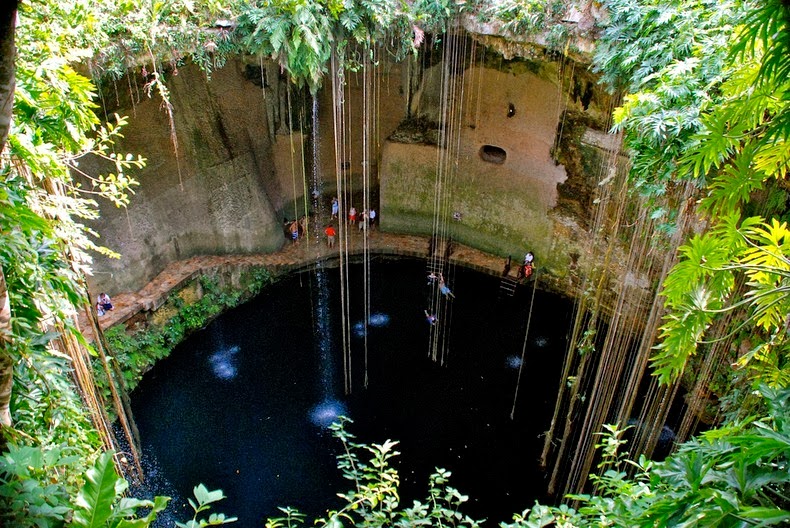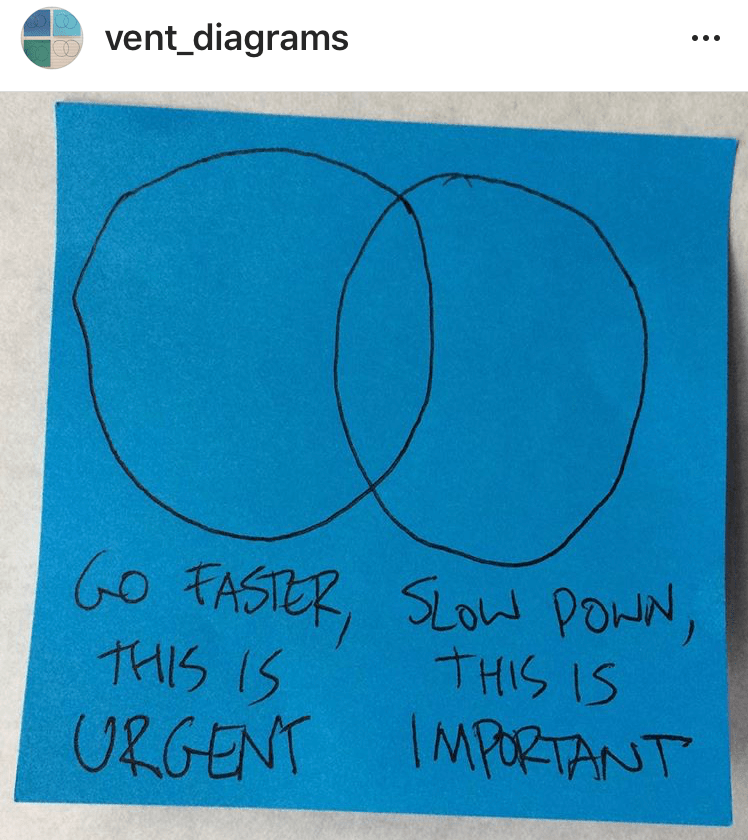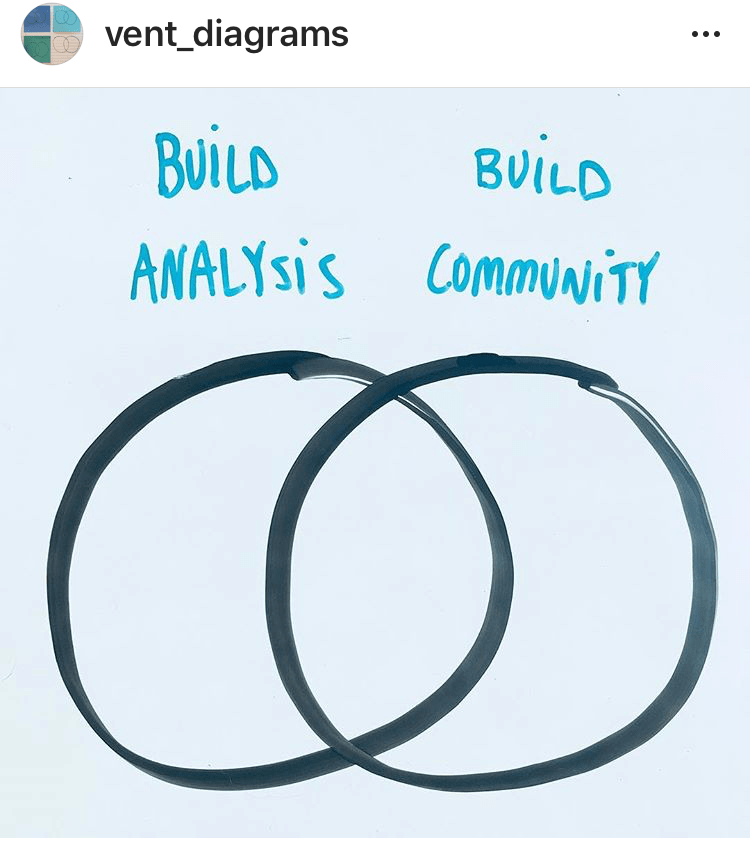TRIGGER WARNING: Charlottesville attack, white supremacist violence, physical harm
…….
…….
Almost two years later, I still think about Charlottesville nearly every day. I hear the sickening thud thud thud thud thud of the car hitting people in rapid succession. I see projectiles in the air that my mind could only register at the time as bricks, not what they actually were: shoes knocked off feet from force of impact. I feel the shock of my body hitting the pavement as I tried to run. I remember the fleeting sense that this was where I was going to die. Trampled.
When I consider the arc of trauma in my life, Charlottesville looms large. Most days, it sits on my right shoulder; a dull ache and stiffness from being injured that day. On better days, it slumbers just beneath the surface. I’m not sure it was the hardest thing I’ve ever survived, but it was one of the most terrifying.
Charlottesville is for me both a shared trauma and a private one. I share the experience with the others who were there, and in a different way with the millions of people whose hearts squeezed tight when they bore witness to the horror through captured images. My love is the only person also there on that day with whom I’ve processed what happened. Only she knows how often those pictures hover in my mind’s eye and make my heart squeeze again.
Trauma is an underground river. It winds through invisible passages below the surface, often snaking quietly. Sometimes, though, it roils.
Two weeks ago, my love and I watched BlackKKlansman together. We knew ahead of time that Spike Lee had inserted footage from Charlottesville at the end of his film to illustrate how little has changed since the 70s. We prepared ourselves. It had been nearly 2 years; I thought I was ready to see the footage again with some detachment. But of course, I wasn’t. As we watched the grey Dodge Charger slam into the crowd, nausea rose up in me. My heart drummed like a hummingbird’s wings as I tried to steady my breath. My heart beats just as fast now as write this.
A similar-looking grey Dodge Charger picks up a student at our son’s high school on a regular basis. I’ve noticed it every Monday and Tuesday at 2:15pm in car line since the beginning of the semester. When its rumbling engine revs, it sickens me a little. The rational part of my brain knows it’s not the same car, but the primal part of my brain, the part designed to keep me alive, does not.
When the movie ended, my love and I rewound BlackKKlansman and watched the drone footage of the attack over and over again, pausing and searching the image for ourselves. Looking from that vantage point—a bird’s eye view—that blur there…was that us? Right there in the middle of the intersection? We must have rewound it at least 5 times, feeling grateful for the two cars that impeded his rampage and saved our lives, and sorrow for those who were caught between us and him.
We didn’t know at the time whether this was a single incident or the beginning of more attacks. We wanted to remain alive for our 3 amazing kids and the others we love, so we didn’t stay at the intersection after it happened. I still feel guilt for leaving the scene of the carnage. I wonder if the guy in the grey Dodge Charger feels his heart heavy with remorse looking back, or if he still feels justified in trying to murder as many of us as possible. I’d like to think that time for reflection has helped change his mind.
My father died a year before Charlottesville. I fell asleep many nights as my brain replayed how I held his hand after he died, my grief crystallizing as his body grew cold and stiff. It’s a memory weighted with gratitude but mostly deep sadness and loss. I wouldn’t try to summon the memory; it would just show up and take a stroll through my mind’s eye and my heart as I tried to drift off. After Charlottesville, my falling-asleep brain switched channels and started replaying Charlottesville over and over instead of my dead father. I felt relieved, in a way, for new images to fall asleep to. I wonder how morbid this would sound if I ever said it out loud.
My love and I recently honeymooned on the Yucatán Peninsula. It was magical. One day, we explored a cenote in the middle of the jungle. A cenote is a sinkhole that exposes groundwater underneath when the limestone rock above collapses. We swam through the underground cave, enveloped by a darkness so deep it felt palpable. It was other-worldly and yet not far from the 10-passenger Eurovan that brought us there. Creatures thrive there that are not meant to survive the light of day.
I wonder if a cenote is an apt metaphor for collective trauma: an interlocking network of unmapped underground rivers revealed only when the weight of the earth on top becomes too much to bear. Then again, maybe it’s a metaphor for grief.

I’ve been thinking a lot lately about what accountability and repair should look like in the wake of harm. I’m sure many others who live in Virginia have too, ever since the Governor’s yearbook was made public with racist images and the Lt. Governor was reported by two women to have sexually assaulted them. Both are serious harms, rooted in different kinds of interlocking, systemic oppressions. What should happen when harms like these come to light is not an easy question to answer.
I’ve worked in the movement to end gender-based violence since I was a student at Oberlin College. It’s the only profession I’ve ever known. In the 1990s, we fought hard for sexual violence and domestic violence to be taken seriously. Rape is a violation and should be a crime in all circumstances, no matter your relationship with the person who hurt you. If a man beat his wife, he should expect the full force of the community to come knocking at his door. Making something a crime affirmed that it was a serious matter and should be treated seriously. We said, “perpetrators need to be held accountable”, but often what we really were saying was “perpetrators should go to jail.” We began to conflate taking responsibility with punishment. We began to conflate accountability with incarceration.
I know now that we were mistaken.
We knew the criminal legal system could deliver neither accountability for perpetrators nor healing for survivors…or we should have known. Indigenous women and other women of color—in particular our Black sisters in the movement—cautioned us again and again not to choose this path, and we failed to listen.
Accountability is an active process that requires the person who has committed harm to take responsibility, acknowledge the impact, express remorse, and commit never to engage in the harm again. None of those things happen when someone is incarcerated. Incarceration punishes and isolates; it does not help us find our humanity–whether we are the ones on the inside of the bars or the outside. The system wasn’t built to help us heal.
 Now, 25 years later, I and others in this work have started to reckon with this legacy: how and why did we manage to turn a movement that once held up liberation as our bright future into a profession that is so invested in and bound up with a system that puts people in cages[i]? How could we think more police, more prisons would bring freedom?
Now, 25 years later, I and others in this work have started to reckon with this legacy: how and why did we manage to turn a movement that once held up liberation as our bright future into a profession that is so invested in and bound up with a system that puts people in cages[i]? How could we think more police, more prisons would bring freedom?
Almost everyone who commits violence has also survived it[ii]. How does it shift our perceptions when we stop thinking of someone as either a perpetrator or a survivor and embrace the complexity that most people who use violence are both/and? How would it change my perception of the driver of the grey Dodge Charger if I learned about the trauma he survived before he drove his car into a crowd of people? Knowing wouldn’t mitigate the harm, but perhaps it would shape a path forward beyond containment and retribution.
We’ve built a prison nation by incarcerating more people than any other country in the world. We treat people of color, poor people, people who are trying to migrate to save their families, and other historically oppressed communities as though they are disposable, and it diminishes our humanity. I often think about how my life would be different if I were seen only as the worst thing I’ve ever done, if I were never given the chance to grow and do better. What if everyone were given grace to fail and learn from it. What if we chose all of us[iii]?
I believe in redemption, change, and forgiveness, and I think and talk about it a lot with my friends and colleagues who strive for what we call a “radically hopeful future”: one in which we all thrive.
 But if I’m honest, I don’t think I’ve ever really put those beliefs to the test. I may be able to think of the 20-year-old driver of the grey Dodge Charger as a wounded person, but can I also see him as someone capable of redemption? What would Marissa Blair and Marcus Martin, two people who were directly in his path, need from him, if anything, for healing and repair? What about the family of Heather Heyer, who died at the scene? Here we encounter one of the complexities of trauma, healing, and repair: each person’s experience and needs are different.
But if I’m honest, I don’t think I’ve ever really put those beliefs to the test. I may be able to think of the 20-year-old driver of the grey Dodge Charger as a wounded person, but can I also see him as someone capable of redemption? What would Marissa Blair and Marcus Martin, two people who were directly in his path, need from him, if anything, for healing and repair? What about the family of Heather Heyer, who died at the scene? Here we encounter one of the complexities of trauma, healing, and repair: each person’s experience and needs are different.
I recently read a piece written by a man who tried to kill a police officer when he was 17. Twenty years later, he and the officer met at the officer’s request. The man who wrote it is serving a life sentence for attempted murder. He apologized to the officer for the pain he caused him and his family, sobbing from the weight of his guilt and shame. He said the meeting was the best day of his life. I don’t know, but I imagine something lifted in the officer’s heart too. Perhaps the encounter was transformative for both of them.
We can and should ask more from people who commit harm, more than asking them to sit in a cell and live out their punishment. I wonder if we can think more deeply and with more complexity about justice, accountability, and healing in the aftermath of harm. Something beyond punishment and retribution. Something that strives to maintain the humanity and compassion that we’re all capable of giving and worthy of receiving. Something that could transform us collectively.
I wonder if we could truly stop seeing anyone as disposable, and begin to see all of us as worthy, no matter how badly we fail, how many we hurt. I wonder what would happen if we commit to choose all of us. I wonder how that might change us.
Kate McCord is the Movement Strategy & Communications Director for the Action Alliance and has been working in the movement to end gender-based violence for over 25 years. Kate is working with other coalition leaders across the country to mobilize toward a future in which all of us have what we need to thrive. She first wrote about her experiences in #Charlottesville in a blog post dated August 15, 2017.
#charlottesville #transformativejustice #accountability #harm #whitesupremacist #domesticterrorism
Featured image: Kate McCord
Notes:
[i] Credit to Dr. Mimi Kim for unveiling this concept. Also see Dr. Kim’s related, fascinating paper, Dancing the Carceral Creep: The Anti-Domestic Violence Movement and the Paradoxical Pursuit of Criminalization, 1973 – 1986.
[ii] Danielle Sered, Common Justice. See her powerful 1-minute video here, a longer talk about “Violence, Restoration, and Accountability” (starting at 11:50) here, and a great podcast, On Restorative Justice: What Justice Could Look Like, featuring Danielle Sered and Sonya Shah.
[iii] “We choose all of us” is a sentiment first shared by one of my teachers, Norma Wong. Inspired by Norma’s words, the Idaho Coalition Against Sexual & Domestic Violence has created the beautiful “We Choose All Of Us” Campaign, a middle school and high school campaign to deepen our connections with one another and nurture transformative culture shifts.
TransformHarm.org is a resource hub about ending violence. It offers an introduction to transformative justice. Created by Mariame Kaba and designed by Joseph Lublink, the site includes selected articles, audio-visual resources, curricula, and more.
Join the work of the Action Alliance.
Read more news